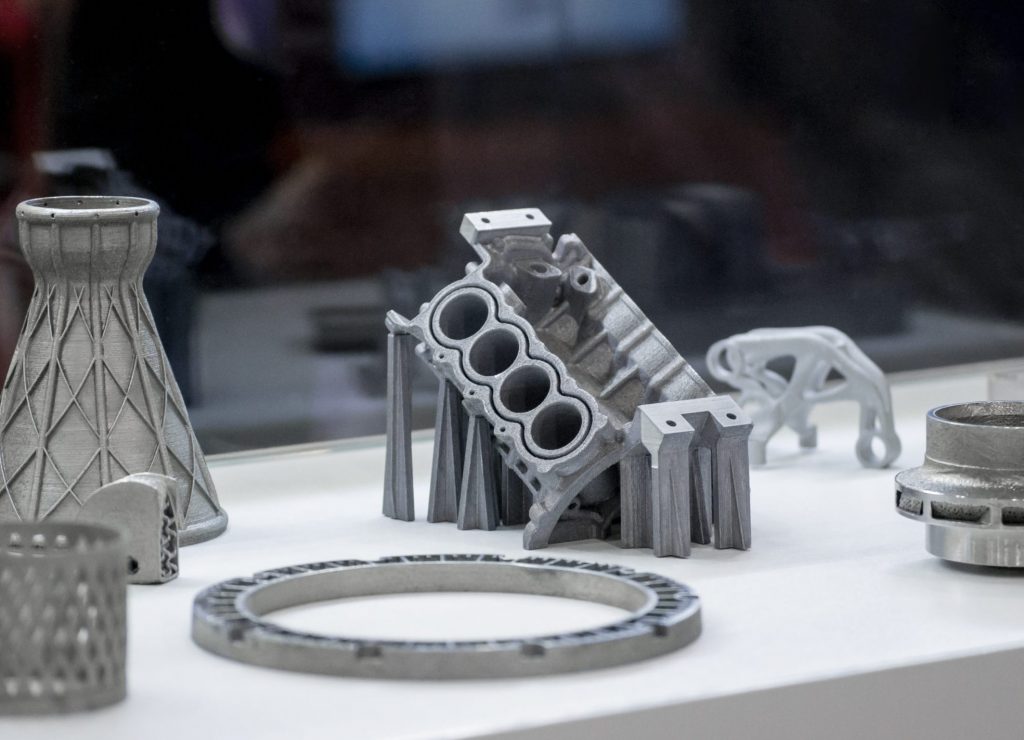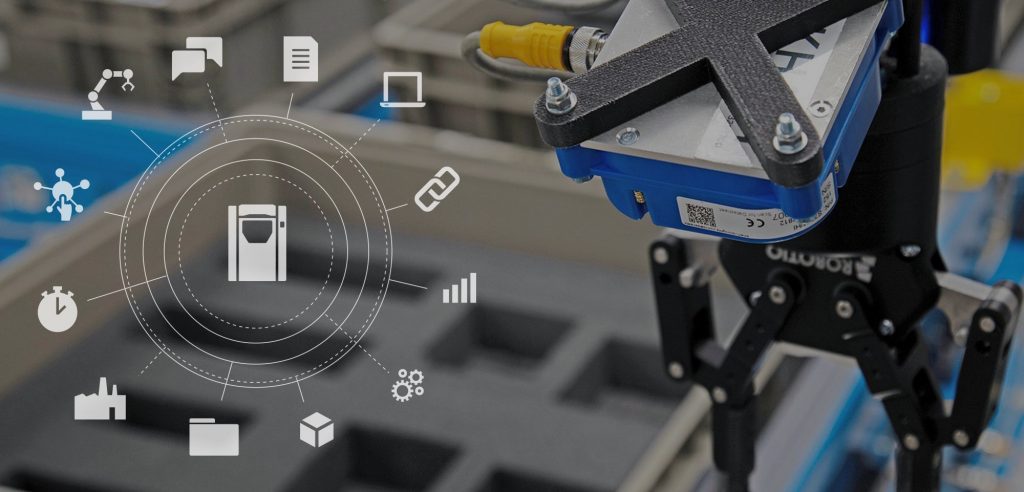Vote now in the 2022 3D Printing Industry Awards.
3D printer manufacturer Stratasys has announced the acquisition of Berkeley-based quality assurance software developer Riven.
While Riven has long been a Stratasys connectivity software partner, the firm’s cloud-based software is now completely incorporated into its GrabCAD platform.
Through quick inspection, automatic diagnosis, and correction of discrepancies between CAD files and printed parts, Riven’s cloud-based software enables customers to produce more accurate prints at a lower cost, with the latest version of this program even employing advanced AI to automatically pre-adjust users’ designs.
During the production process, part inspection can cause substantial hold-ups, resulting in delays of several weeks or even months to orders. Through integrating Riven’s software into its closed-loop 3D printing process, Stratasys says its customers will now be able to scale shipments of end-use parts while simultaneously reducing their waste through fewer iterations to enhance sustainability.
“We believe that by identifying state-of-the-art technology platforms and cultivating them under the Stratasys umbrella, companies like Riven can add incremental growth engines to our platform,” said Stratasys Vice President of Global Software, Shaul Samara. “This important functionality will help ensure production-scale parts are 3D printed accurately and can be inspected quickly within a closed-loop additive manufacturing process.”
“The acquisition of Riven is another example of how we are working to ensure we are providing our customers with complete solutions across the entire additive manufacturing digital thread,” said Stratasys Vice President of Global Software.

Riven’s 3D reality platform
Riven’s platform revolves around a technology that makes it possible to 3D print parts that are ten times more accurate than before. In practice, the software does so via its Warp Adapted Model, or “WAM,” functionality, which allows users to capture and use part data from an initial design to quickly identify and fix mistakes, whether this is with FFF, SLA, MJF, or binder jetting machines.
Riven specializes in creating software and scanning goods that streamline the New Product Introduction (NPI) process. According to Riven, the process that manufacturers use to introduce new products is “broken” as “the majority of companies miss crucial ship dates and incur cost overruns” due to dated analog data communication, limited engineering capacity, and unstable supply chains.
Leveraging its technology, Riven has gone on to create a combined data capture and computation platform, designed to overcome these problems. In practice, the combined 3D scanner and software offering makes it easier to scan, compare CAD files, and share parts among other users, and Riven claims that adopters can detect flaws with an accuracy level of 0.002″ and repeatability of 0.0004″.
Stratasys’ GrabCAD software
The GrabCAD platform from Stratasys allows for two-way communication between 3D printers, the wider Industry 4.0 infrastructure in general, additive manufacturing, and enterprise applications. GrabCAD features like 3D print preparation, multi-printer control, scheduling, and more from GrabCAD software partners are incorporated into the open and enterprise-ready platform. This enables manufacturers to manage their production-scale AM operations from design to production across the entire digital thread.
Previously, numerous new initiatives for Stratasys’ AM business were announced by the company. Two new industrial FDM 3D printers, the F190CR and F370CR, that are intended for high-strength composite parts were part of the mass launch. A total of 16 new 3D printing materials were also introduced by Stratasys for use with its FDM, P3, and SAF technologies. For the Stratasys Origin One and Origin One Dental 3D printers, the company also released GrabCAD Print software as an added bonus.
Elsewhere, to improve the cybersecurity of 3D printing for the US government and mission-critical defense applications, Stratasys developed a data security platform. The security system, called ProtectAM, incorporates Red Hat Enterprise Linux, one of the top enterprise platforms in the world that satisfies the stringent requirements for continuous information processing set forth by the US Government.
According to James Page, Founder of Riven and soon-to-be Software Vice President at Stratasys, integrating Riven’s technology into its platform, Stratasys’ GrabCAD software will be ideal because it ensures that users’ 3D printed reality matches the CAD file each time. “It’s been clear to us for some time how much quality is in Stratasys’ DNA, so we knew joining them would be a great fit,” added the Founder of Riven. “By enabling even higher accuracy, we can open new markets and applications.”

Will Industry 4.0 technologies be the new future?
Industry 4.0 refers to the rapid change in industries, technology, processes, and societal patterns that will occur in the twenty-first century as a result of increased smart automation and interconnectivity. Manufacturers are incorporating new technologies such as the Internet of Things (IoT), machine learning, AI, cloud computing, and analytics into their manufacturing facilities and operations.
For example, Hyperganic, an engineering software developer, announced the public release of AI-based algorithmic design software, Hyperganic Core 3. The software platform, which received a $7.8 million funding round last year, enables users to design 3D printable parts using algorithmic models, providing an alternative to the conventional component design process.
Previously, Alexander Dobrindt, Germany’s Federal Minister for Transport and Digital Infrastructure (BMVI), had called for the creation of a new government agency with the mission of guiding the nation into the digital era. Industry 4.0, digital education, and start-ups are just a few of the topics that the proposed “Bundesdigitalministeriums” or Federal Ministry of Digital will be in charge of. In an interview with the German newspaper, Bild am Sonntag, Dobrindt said, “With this, we can significantly increase our impact and join forces with the economy to reach the top in the new digital world.”
To stay up to date with the latest 3D printing news, don’t forget to subscribe to the 3D Printing Industry newsletter or follow us on Twitter, or like our page on Facebook.
While you’re here, why not subscribe to our Youtube channel? Featuring discussion, debriefs, video shorts, and webinar replays.
Are you looking for a job in the additive manufacturing industry? Visit 3D Printing Jobs for a selection of roles in the industry.
Feature image displays Stratasys’ J35 Pro 3D printer being used to produce key prototypes for radio products. Photo via Stratasys.



